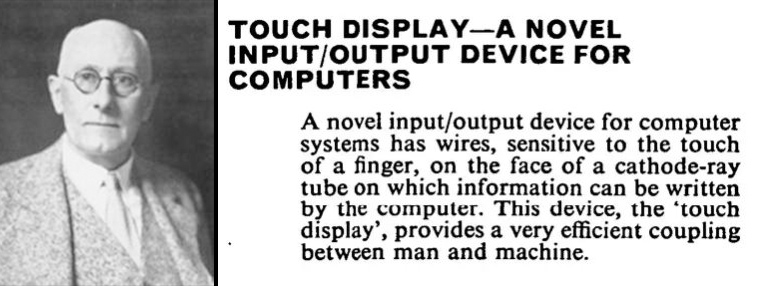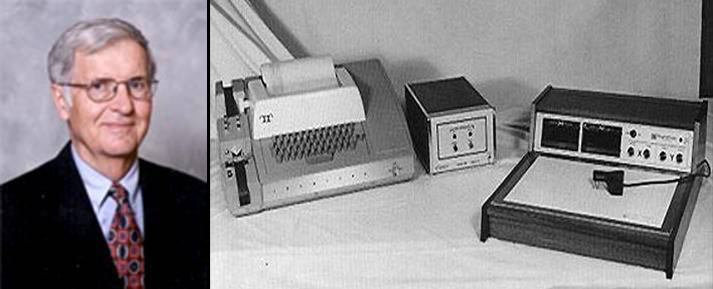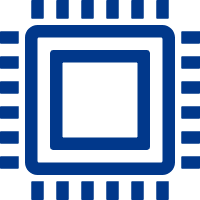The touchscreen is undoubtedly a familiar technology in our daily lives, ubiquitous in control rooms, studios, and offices. Right now, you might even be using a touchscreen to read this article. However, the history of the touchscreen is much longer than many people realize. The first touchscreen was invented in 1967, six years before the advent of mobile phones. Today, let's delve into the evolution of this remarkable technology from its inception to the present.

In 1965, E.A. Johnson, an engineer at the Royal Radar Establishment in the UK, published his vision for a touchscreen in a magazine. Two years later, he turned this vision into a reality. At the time, the touchscreen was bulky, but it illuminated wherever a finger touched. This was a novelty that even science fiction writers couldn't have imagined.

Fundamentally, it utilized the electrostatic capacitance generated when a finger touched the glass screen, calculating touch actions through changes in capacitance. Hence, it was known as a capacitive touchscreen. Although most smartphones today use capacitive screens, this invention didn't cause a sensation initially due to a critical flaw: it could only track one finger and couldn't sense the force of contact.

The capacitive screen's shine was soon overshadowed by the resistive touchscreen. In the early 1970s, Dr. G. Samuel Hurst of the University of Kentucky, while conducting physics experiments, used a conductive plate to collect ejected charged particles and read their position information. Seeking a patent, Dr. Hurst envisioned broader applications for this plate, believing that with modifications, it could integrate with computer screens, replacing the mouse as a new control method.

Unlike capacitive screens, resistive touchscreens didn't require the touch object to carry a current; a piece of wood or a plastic stick could control the screen. Additionally, they could withstand and record varying degrees of pressure. Therefore, early touchscreen mobile phones were equipped with resistive screens, allowing users to pull out a stylus to tap on the screen.

From the beginning, capacitive and resistive screens found their niches in different applications. Modified capacitive screens were used in control centers like CERN and the British Airports Authority, while resistive screens dominated computer, TV, and mobile phone screens, accessible to consumers.



After the 1980s, a significant challenge—multi-touch functionality—was overcome, enabling capacitive screens to transcend their simulated touch limitations and expand their usage. Steve Jobs later incorporated capacitive screen technology into mobile phone development, culminating in the release of the first iPhone, marking a triumphant moment for capacitive screens.

Today, touchscreens are ubiquitous, and screen technology evolves rapidly. Beyond capacitive and resistive screens, more touch technologies are being invented and applied. Some interactions have even transcended physical touch, realizing gesture control.

















